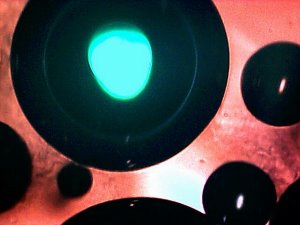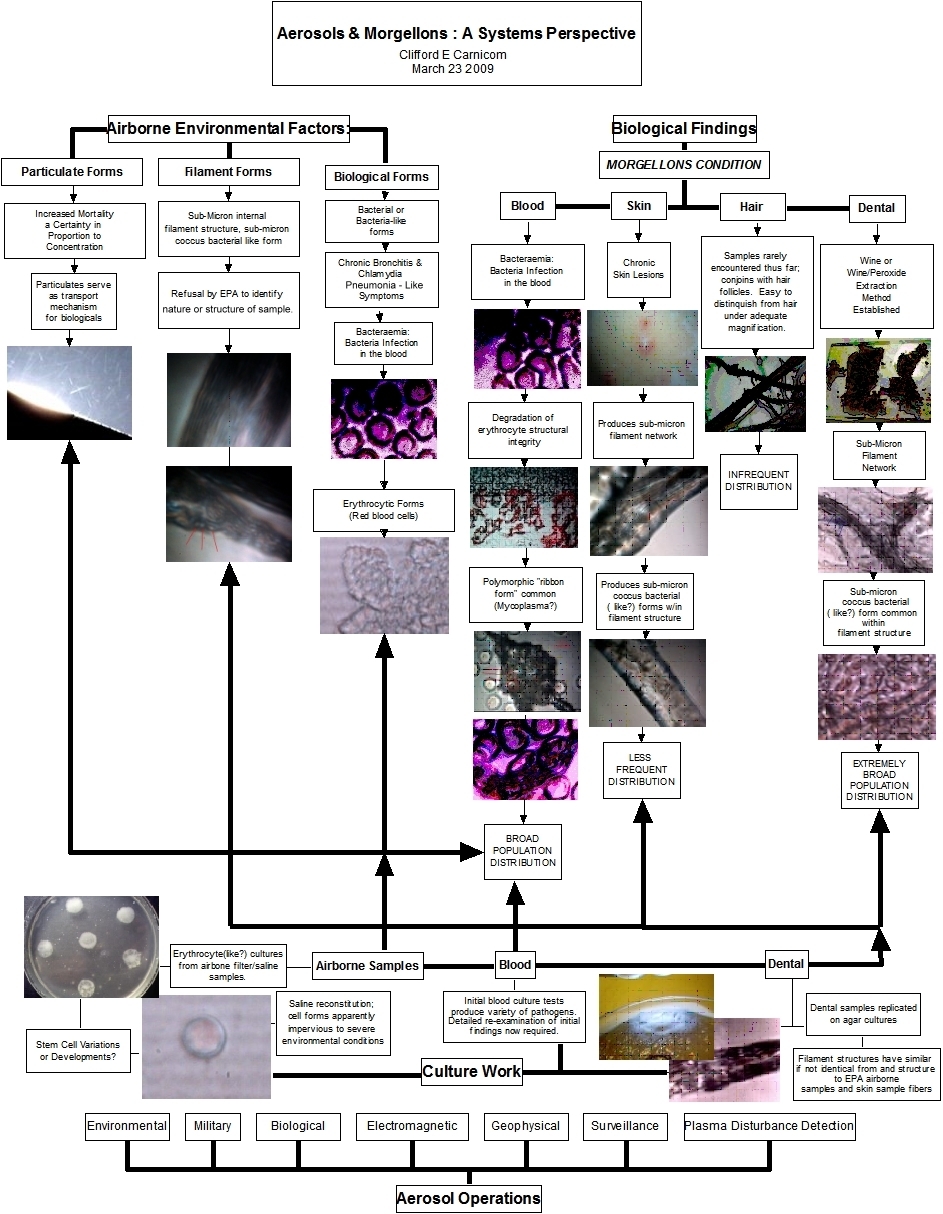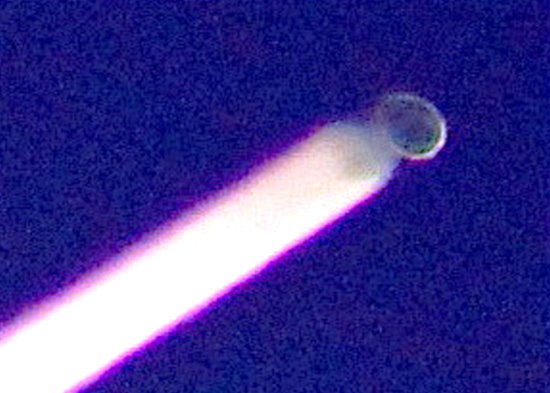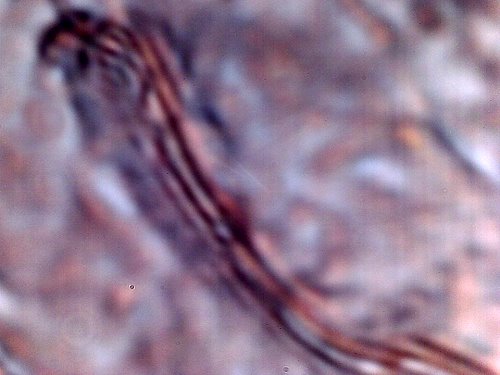
ARTIFICIAL BLOOD (?)
Strong evidence now exists that an artificial or modified blood form is a dominant internal component, if not the dominant component, of dental filament samples that are commonly associated with the Morgellons condition. The sample set of this report is relatively small and it must be extended. There is a remarkable consistency in the detailed observations and reports that have been made over a period of several years. This paper reaffirms the position of Clifford Carnicom that blood conditions and/or alterations appear to be at the crux of this situation. It is quite clear what type of work must be done to address the gravity of this situation, but additional resources must become available for this to take place. The current work now introduces the very real prospect or consideration that an artificial, or deliberately modified, process of the blood may have been introduced into the human condition. Elevated levels of research, aggressive involvement and appropriate resources must be dedicated and allocated to initiate progress on the many serious issues that have been disclosed.











